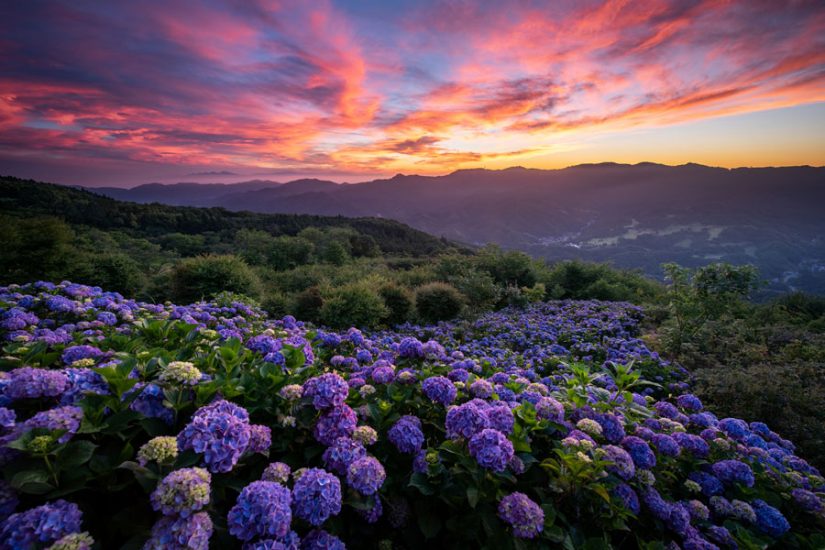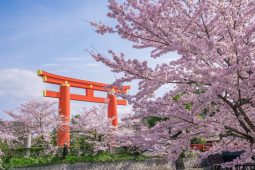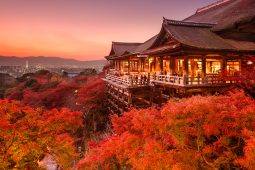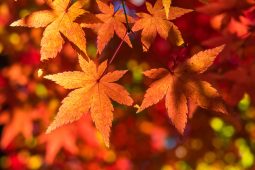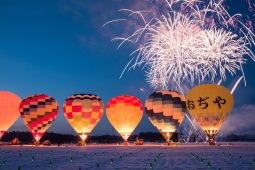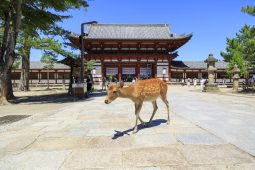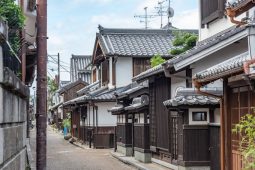If you ask just about anyone in Japan, you will hear that Japan has four very distinct seasons: spring, summer, autumn, and winter. It’s a bit of a point of pride. This has always made me wonder what you’re supposed to do with the rainy season, windy season, storm season, parts of the country where there’s snow for five months, and all the times when the weather can’t quite make up its mind: Personally, I’m not really convinced that the traditional four seasons are very accurate in most of the world.
Whatever the case, starting from late May to early June until some time in late July or early August (most years, anyway), we have Tsuyu, the rainy season, or what English would call monsoon in most countries around this part of the world. So, what does tsuyu mean?
It rains all the time, and the air feels like warm soup. That’s pretty much it.
Okay, it’s not as bad as it sounds. The rain is frequent but pretty light, and sometimes the air feels like less warm soup depending on where you live. It’s a season, I don’t have to be nice to it.
Suppose you want to go for a trip somewhere anyway. Understandable, it’s been a while. This is where I would normally recommend indoor spots, but crowds and closed spaces aren’t a great idea right now, so we’re going to be staying outside instead. Good chance you’ll need an umbrella and maybe a raincoat for this next part, so be sure to pack appropriately (light clothes under the raincoat though, so you don’t overheat — it’s still more or less summer!). The good news is that if you’re willing to go out, there are a lot of things outside that you can only see at their best during tsuyu. It would be one of my favourite seasons for that if the weather wasn’t… you know, like this.
A quick DIY tip here, before we move on, for people in the audience with patience and some Japanese skills: If you want to find something more tailored to your location, you can look up アジサイ園/アジサイ名所、アヤメ園/アヤメ名所 and 蛍名所 for good spots around the country. Alternatively, look these places up in English and you’ll find more English-friendly spots, though fewer of them. If you’re in the Tokyo area you can find a dozen of any of these easily, so I’m going to focus on other spots.
One of my biggest associations with tsuyu is hydrangeas, or ajisai (I only heard the latter growing up in Japan, so it took me until this year to realise they’re the same thing). If you like big clusters of brightly coloured flowers, these are for you, and a lot of the best spots double as a temple, so you get to see two sites at once. They look particularly nice when the flowers are wet, which is really just as well.
Ajisai No Mori, Shinjo
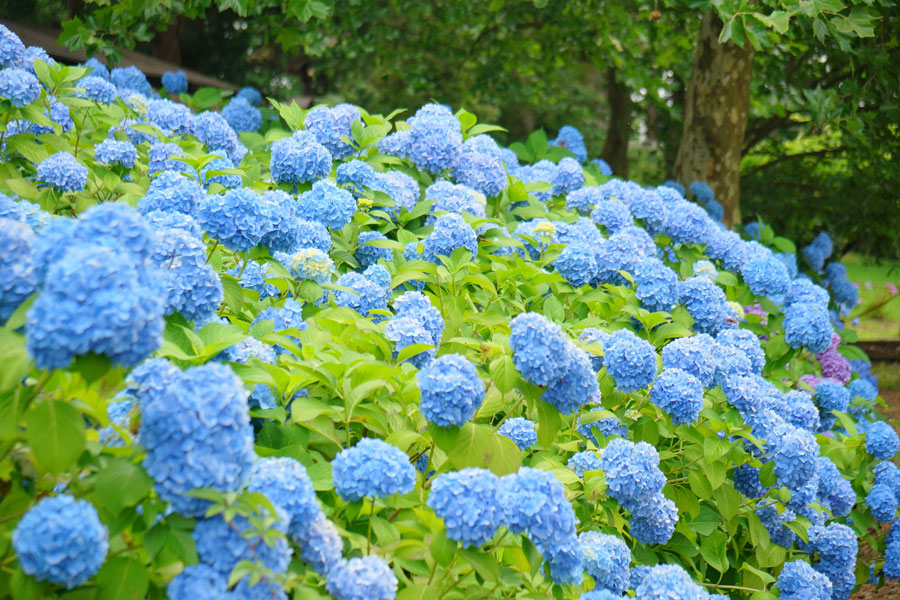
(Credit: Shinjo City)
Hydrangeas are the city flower of Shinjo, Yamagata, and this garden puts them on full display, with about 45,000 plants across 34 varieties. I didn’t even know there were that many types. You have the whole range of colours across blue, white, purple and pink, it’s five minutes by taxi from the station, and it’s free. The site (http://www.city.shinjo.yamagata.jp/k001/020/010/130/20150225181423.html) has a map that might help. Otherwise it’s all in Japanese and gives you a dead link to a google translated version.
Meigetsuin Temple, Kamakur
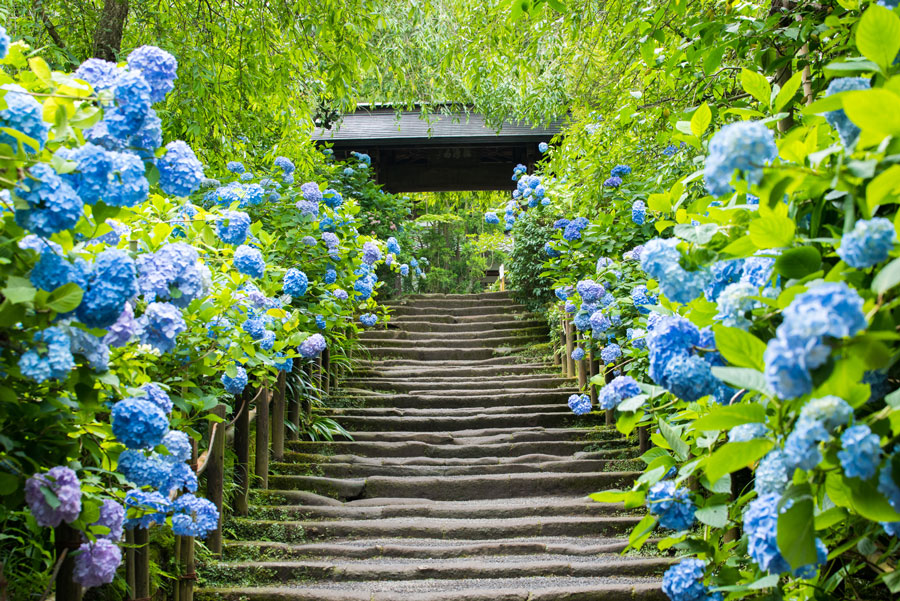
(Credit: Kamakura City)
In Kanagawa, not terribly far from Tokyo, you can find the Meigetsuin Temple of Kamakura City. Here, aside from a beautiful temple, you’ll see big clusters of bright blue hydrangeas crowding around the path from all sides.It costs a bit to get in and it’s open only from 9 AM to 4 PM, so you’ll need to plan a bit, but it’s 10 minutes on foot from Kitakamakura station, and has something to offer through most of summer — arrive late, around august, and it’ll just have white flowers to offer instead. Their site (https://www.trip-kamakura.com/place/230.html) offers some useful details at the bottom, but the English version of the site doesn’t cover this temple.
Next, let’s try irises, known as Ayame or Hanashoubu in Japanese. What is it about this season that makes all the best flowers turn purple?

They’re a little less extravagant than hydrangeas, but very pretty.
For these, I’m going to abbreviate a bit. Mostly, you can look for your prefecture in a list, but I’d like to give special mention to Hondo-ji in Matsudo City, Chiba prefecture (http://www.hondoji.net/index.html you guessed it, the site is all Japanese again other than a map), not just for being very pretty, but for also having hydrangeas at the same time. It’s ten minutes on foot from Kitakogane station, which itself is maybe a couple hours at most from Tokyo.
Irises lean towards earlier parts of tsuyu, so if you’re seeing this late, check further north in the country where the season starts and ends later.Bear in mind that this year and last year, a lot of festivals are going to be closed down, but there are still gardens you can just walk around in.
And now, my favourite: Fireflies. If you live in a rural area, congratulations, you can probably just step outside at night and see them. The key to fireflies is to keep quiet, not move too much, and do not shine lights anywhere. Also, cover up heavily, or you might have a mosquito problem, since they and fireflies both love water. Now that you’ve covered that, you can walk into a nice green area in the late evening and see hundreds of little green lights flying around in the air; it’s beautiful but it also feels very strange in a way that nothing else quite manages.
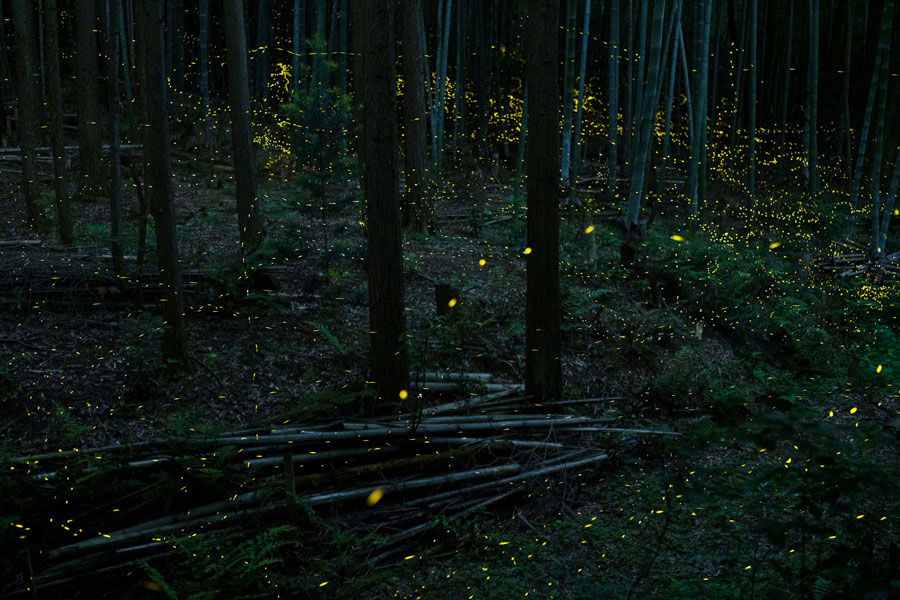
Depending on your location this is from either mid-May or early June until late June or early July, so you’ll want to hurry (okay, it’s february-april in Okinawa). Here are some good spots.
Kugayama
This is set around two days in early June every year near Kugayama station in Tokyo. Nobody seems willing to say when those days are, but if you go there in early June I’m sure you’ll see something. Fireflies are released to the upper Tama and Kanda rivers, and you can wander around taking in the sight of thousands of excited fireflies flying around the water. The main selling point here is convenience: I assume most of my readers are in Tokyo, so this is a quick day trip.
Motosu Firefly Park
https://www.ogakikanko.jp/nishimino/english/village/motosu.html yes, it’s in English this time!
Often considered one of the definitive spots to see fireflies, this spot has it all: Water, grass, and… actually that’s it, fireflies aren’t terribly picky. You’re here for glowing bugs though, and considering the area is nationally recognised for keeping thousands of them going, you’re going to see as many as you need.Gifu is a bit further out, but on the bright side, it’s often a bit cooler there, and if you take the train, this isn’t far from the station. The Amanogawa firefly festival runs through early to mid-June, and I’m not sure if it’s even running this year, but the fireflies will be there regardless through the first three weeks or so of June.
We’re running out of space, so let’s keep it at this, and remember: if none of these spots are convenient for where you live, you can definitely find more all over the country, there’s always going to be somewhere close to you for all of these. Tsuyu might look like a bit of a dreary season, but all that water brings out the best in Japan’s nature, and opens the door to all kinds of beauty you would never see otherwise. Why not throw on your raincoat, step outside and take it all in?


